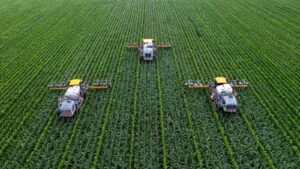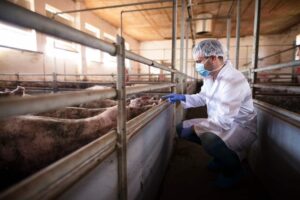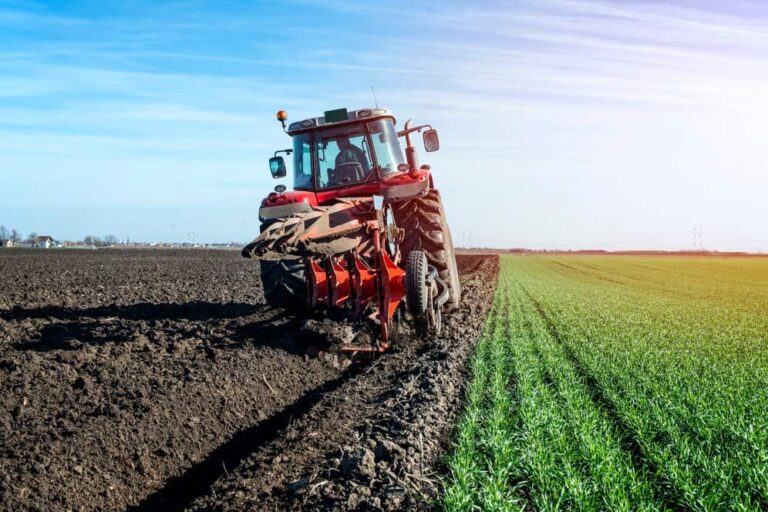Profitable livestock farming largely depends on the availability of quality feed. One of the ways to streamline sustainability in the livestock sector is by growing fodder crops on the farm. These crops offer a cost-effective solution for feeding animals, reducing reliance on expensive concentrated feeds. Besides, providing livestock with a balanced diet enhances their productivity, which translates into profitable returns for the farmer.
Definition of Fodder Crops
Fodder crops imply those plant species cultivated primarily to cater to the dietary needs of farm animals. The composition of these crops provides requisite nutrients for livestock, promoting their overall health and productivity.
Distinguishing Between Fodder and Forage
While the terms “fodder” and “forage” are often used interchangeably, they carry subtle differences. Fodder typically refers to crops that are harvested and given to animals in their green state. Conversely, forage encompasses plant materials consumed directly by herbivorous animals, like grass-eating species.
The Necessity of a Nutritious Diet for Livestock
Comparable to humans’ need for a balanced diet to maintain health and wellbeing, animals too, necessitate a wholesome diet to function optimally. A nutritionally rich diet directly impacts an animal’s productivity, affecting the quality and quantity of products like milk, meat, and eggs they yield.
Advantages of Growing Fodder Crops
Cultivating fodder crops within the farm territory not only ensures a constant supply of fresh, nutrient-rich feed but also cuts down on the cost of purchasing commercial feed. The sustainable nature of growing fodder crops makes it an economically viable option for farmers. Among the many benefits, here are a few:
- Significant cost reduction;
- Environment-friendly;
- Promotes animal health;
- Increases livestock productivity.
Top Examples of Fodder Crops for Dairy Cattle
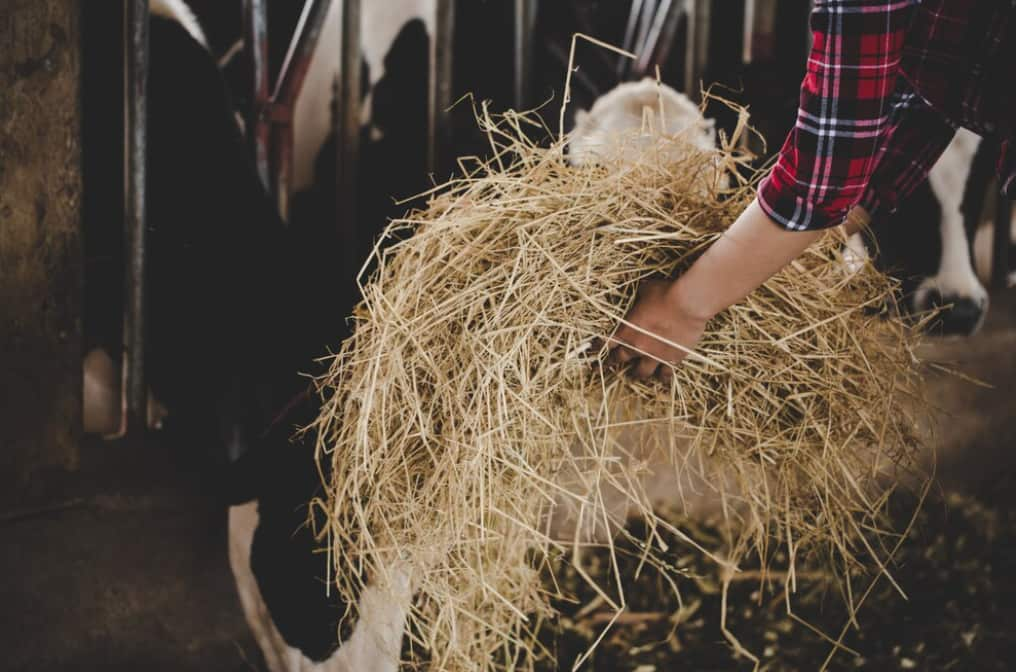
A variety of fodder crop examples are available, catering specifically to the dietary needs of dairy cattle. These examples can be classified into five distinct types, including legume fodder, cereal fodder, grass fodder, tree fodder, and Azolla. Each type offers unique nutritional benefits and suitability for different farming conditions, ensuring a well-rounded diet for dairy cattle and supporting their health and productivity.
Cereal Fodder Varieties (Grass)
Maize Fodder:
- Maize fodder thrives in well-drained and fertile conditions;
- Typically cultivated during June-July as a kharif crop, although in South India, it’s grown as a Rabi crop;
- With an average yield of 40-50 tonnes per hectare, maize fodder provides ample feed for numerous animals.
Sorghum Fodder:
- Sorghum grass serves dual purposes, cultivated for both grains and fodder;
- Drought-resistant and suitable for cultivation in Jan-Feb and April-May, it flourishes within a temperature range of 25-35˚C;
- While it’s adaptable to various soil types, it doesn’t fare well in sandy soil.
Co-4 Grass:
- Derived from a cross between Napier grass and Bajra cereal, Co-4 grass is renowned for its high-yield properties;
- Producing approximately 150 tons per year from just one acre of land, it’s a prolific source of fodder for livestock.
Grass Fodder Varieties
Hybrid Napier:
- Hybrid Napier boasts abundant leaves and a protein content ranging from 8 to 11%;
- Particularly, the KKM-1 cumbu Napier variation is notably rich in calcium, magnesium, and phosphorus;
- Initial cultivation yields can be harvested within 75-80 days of sowing, followed by subsequent harvests at 45-day intervals.
Guinea Grass:
- Characterized by its short creeping rhizome, Guinea grass offers a protein content varying from 4 to 14%;
- Varieties like hamil, makuni, and rivers-dale thrive in regions with diverse soil types, provided they offer good drainage;
- With an average yield of 175 tonnes per hectare across approximately 8 cuts, it’s a prolific fodder source.
Para Grass:
- Suited for humid or arid/semi-arid regions, Para grass demands caution in winter climates;
- Despite its sensitivity to cold, it can produce yields ranging from 80 to 100 tonnes per hectare, making it a valuable asset in suitable climates.
Blue Buffalo Grass:
- Thriving in dry lands under rain-fed conditions, Blue Buffalo grass comes in two varieties: Cenchrus ciliaris and C. setigerus;
- It requires well-drained soil rich in calcium content to flourish and serve as a reliable fodder resource.
Tree Fodder Varieties
Subabul:
- Harvesting of Subabul is initiated when the tree reaches a trunk diameter of approximately 3 cm or completes one seed production cycle;
- With fodder production averaging between 80-100 tonnes per hectare, Subabul stands as a significant fodder resource.
Gliricidia:
- With a remarkable ability to withstand diverse climatic conditions, Gliricidia requires adequate drainage facilities for optimal growth.
- Often cultivated as ornamental or shade trees, they contribute to fodder production while enhancing the landscape.
Sesbania:
- Boasting a protein content of about 25% in its leaves, Sesbania offers year-round cultivation potential with proper irrigation;
- Thriving in various soil types, provided there are sufficient drainage facilities, Sesbania can yield an average of 100 tonnes per hectare, making it a valuable fodder option.
Legume Fodder Varieties
Cowpea or Lobia:
- Thriving in tropical, subtropical, and warm temperate regions, cowpea or lobia can be cultivated throughout the year;
- With a potential yield of 18-20 tonnes per hectare and a protein content of 20%, it’s well-suited for open grazing, providing a nutritious feed source for livestock.
Desmanthus:
- Grown as an irrigated crop year-round, Desmanthus exhibits optimal growth during June-October;
- It serves as a reliable fodder option, contributing to livestock nutrition and farm productivity.
Lucerne (Alfalfa):
- Recognized for its richness as a leguminous crop, Lucerne, also known as Alfalfa, boasts a protein content ranging from 15-20%;
- Apart from providing nutritious feed, it enhances soil fertility by nitrogen fixation, although it’s not recommended for open grazing due to its high digestibility.
Stylo:
- Adaptable to tropical regions and even areas with poor drainage, Stylo offers a protein content of 15 to 18%;
- Cultivation is ideal from June-July to September-October, providing a valuable fodder resource for livestock in various agricultural settings.
Ideal Fodder Crops for Various Farm Animals
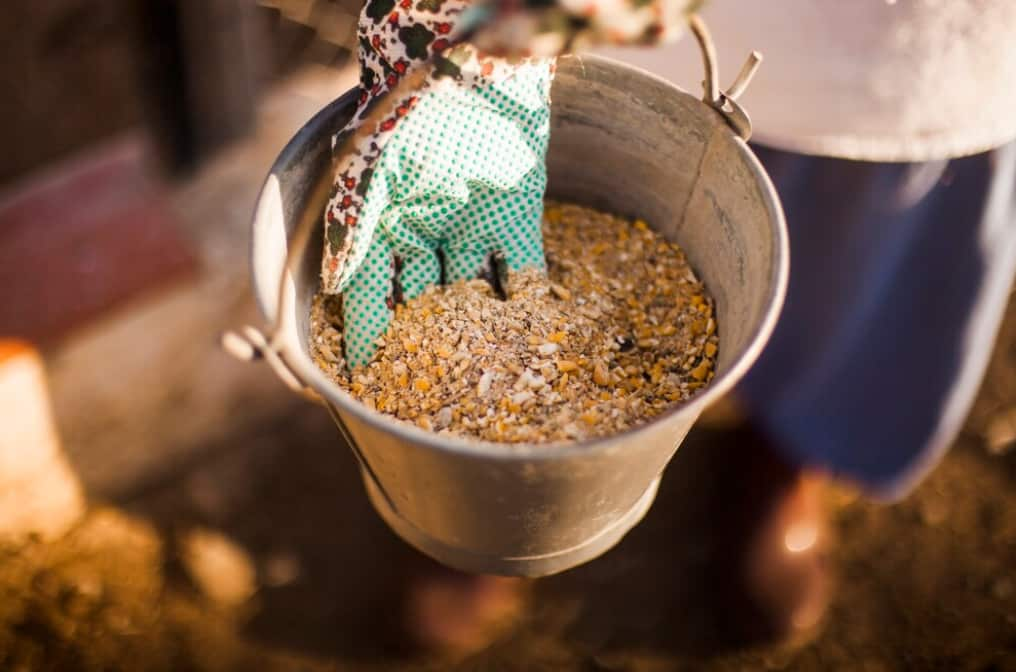
Optimal Fodder Choices for Poultry
For poultry such as chickens, a wide array of grains forms the foundation of a nutritious diet. This includes staples like barley, wheat, oats, sorghum, corn, and more specialized grains such as quinoa, amaranth, and millet. These grains are excellent for cultivating fodder that supports the health and growth of poultry. Beyond grains, a variety of sprouts and greens offer additional nutritional benefits. Lentils, radish, broccoli, alfalfa, and a mix of salad greens are also prime choices for poultry fodder, providing a balanced diet enriched with essential nutrients.
Nutrient-Rich Fodder Varieties for Goats
Goats thrive on a diet that includes a diverse range of grasses, shrubs, and tree leaves, many of which offer high nutritional value. Key fodder varieties for goats encompass shrub leaves such as Babul, Neem, Pipal, Mango, Gliricidia, Subabul, and Banyan, along with alfalfas. These feed options not only satisfy the dietary requirements of goats but also contribute to their overall health and productivity.
Ideal Fodder Selections for Sheep
For sheep, the paramount choice often revolves around high-quality alfalfa hay, renowned for its comprehensive nutritional profile. Alfalfa hay is replete with essential proteins, vitamins, and minerals, making it an all-encompassing feed option for sheep. Additionally, a mix of legume-grass silage, corn silage, and haylage can also serve as excellent fodder choices, providing a rich and varied diet that supports the wellbeing and growth of sheep.
Conclusion
Effective fodder crop management is crucial for sustainable and profitable livestock farming. Understanding the specific nutritional needs of animals and the cultivation requirements of various fodder crops can lead to healthier livestock and lower feed costs. This approach not only supports the health and productivity of animals but also reduces reliance on costly commercial feeds. By selecting the right fodder crops based on animal needs and environmental conditions, farmers can improve their productivity and returns.
